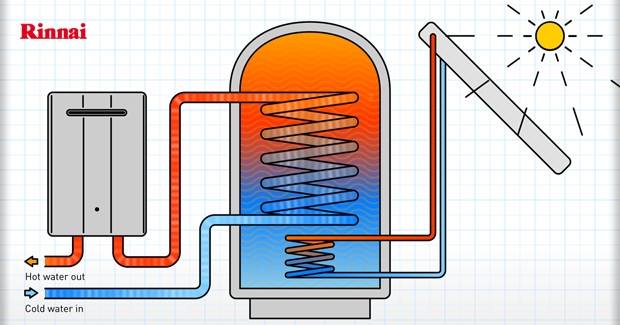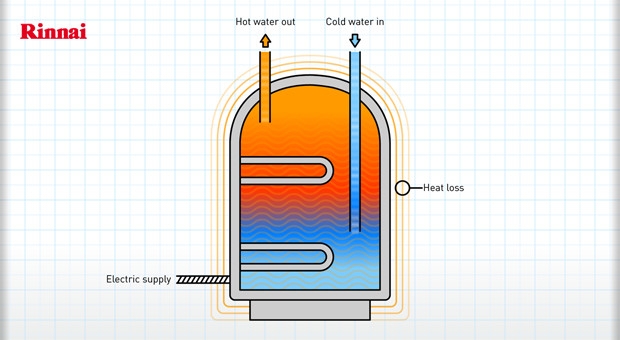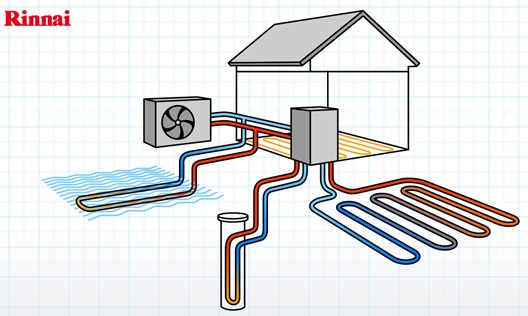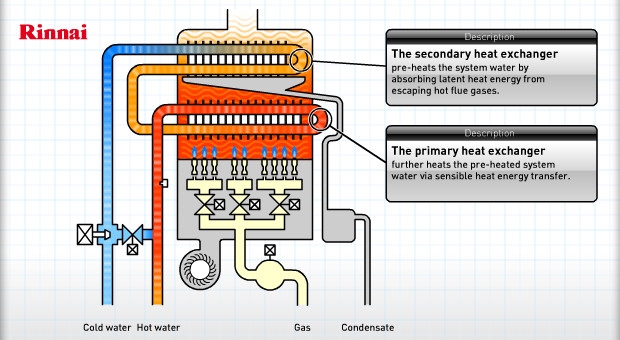
Solar boosted
These are the most efficient systems available and are generally boosted by either gas or electricity but get most of their energy from the sun. Bear in mind that if boosted by electricity, this ranks the system below natural gas but above heat pumps in terms of operating costs and emissions.
Electric
Electric tank systems are inefficient. Each one in Australia puts out, on average over four tonnes of greenhouse gas per year. These systems are currently the target of a federal phase-out. If you are replacing one of these systems, consider other options to see if you could save money and the environment. Continuous flow electric systems are slightly more efficient, but are uncommin because they are expensive to run, and usually require three phase power.


Heat Pump
Heat pump techology ranks above electric storage in terms of efficiency but it still uses electricity and makes a higher contribution to greenhouse gas emissions than a gas powered system. If gas or solar are not available or viable where you live, this is the more efficient alternative. Geothermal systems also use similar technology.
Natural Gas/LPG
Continuous flow gas hot water systems are the next best option to solar. LPG fired is roughly on a part with natural gas in terms of environmental impact. Though it does cost more.
